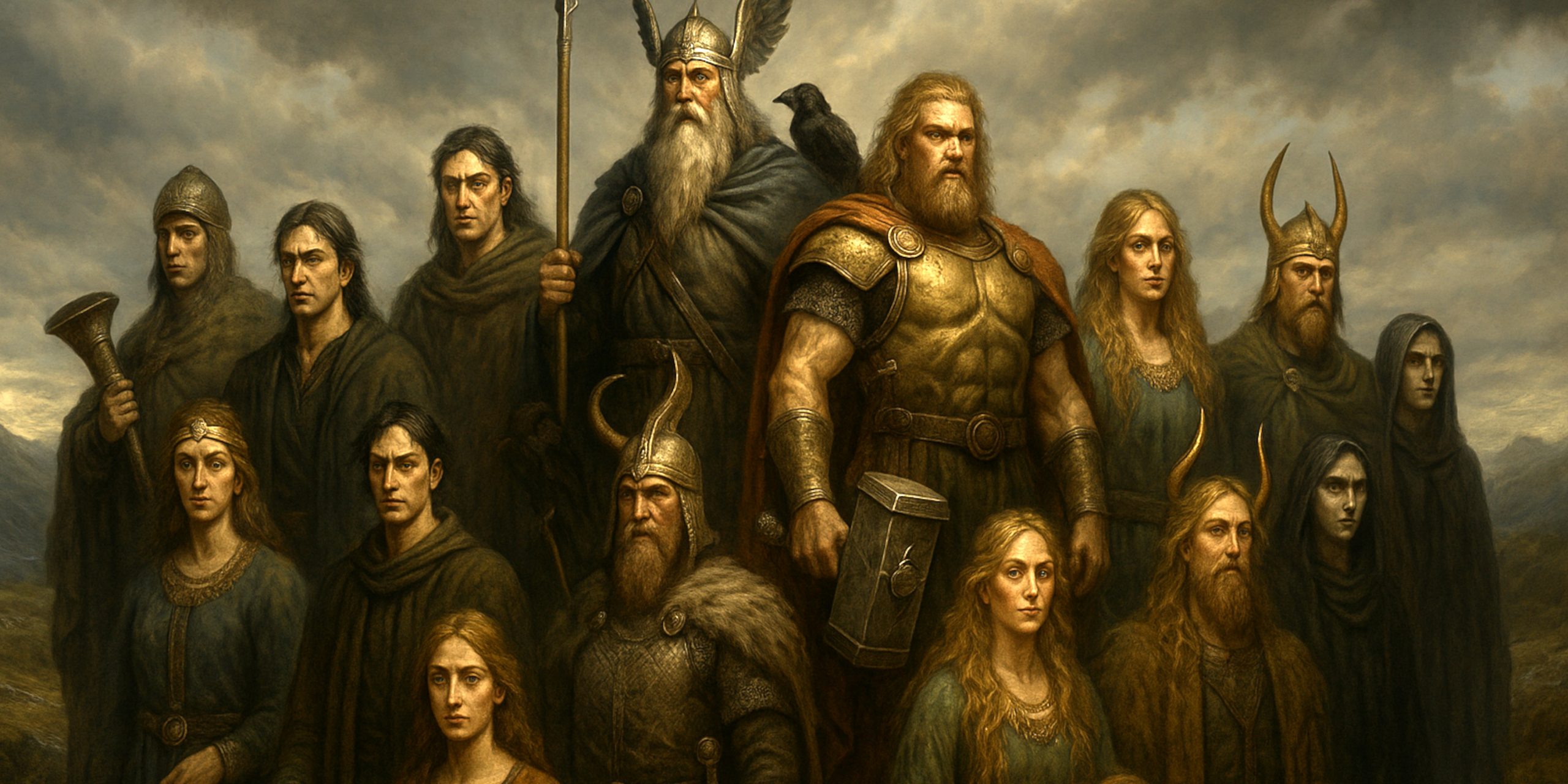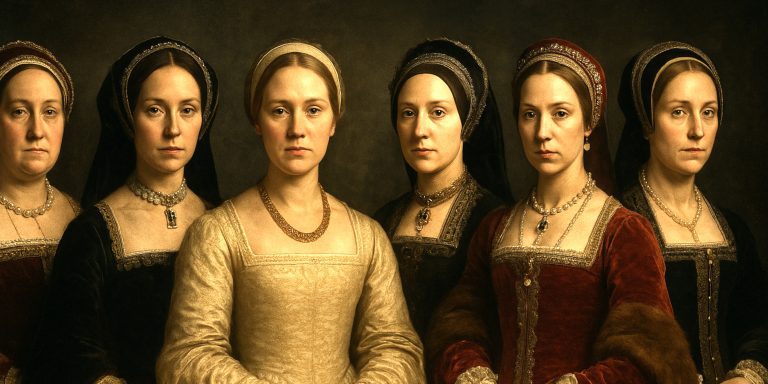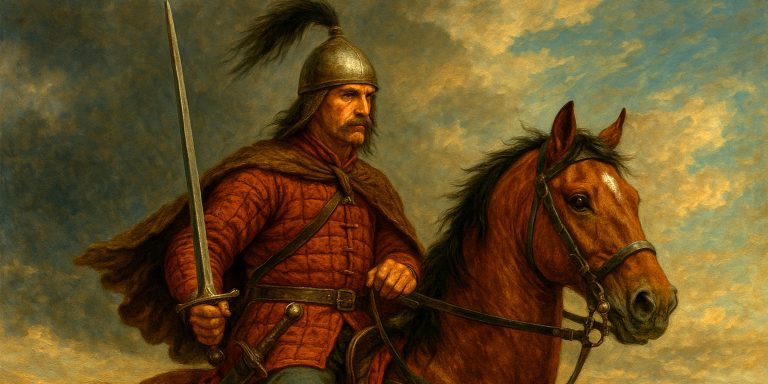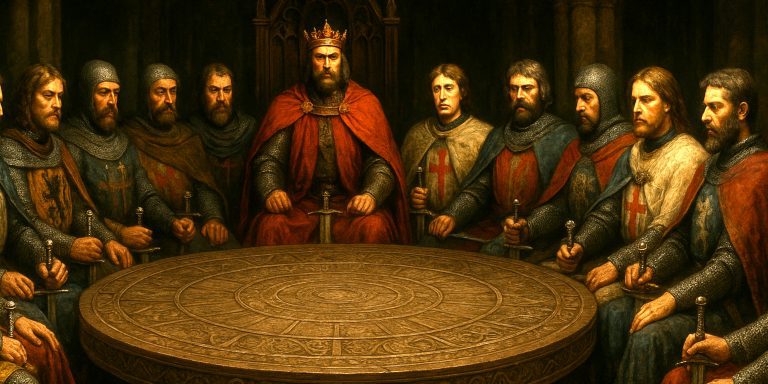
A Complete Guide to the Aesir and Vanir
The Norse gods formed one of the most vivid pantheons in European mythology. Worshipped by Viking-age Scandinavians and preserved in later Icelandic texts, these deities were not removed from humanity but entwined with it, warriors, wanderers, magicians, and seers whose stories reflect the harsh yet meaningful world of the North. This guide covers the two major divine families, the Aesir and the Vanir, the most significant gods and goddesses, their worship, and their continuing legacy.
The Two Tribes of Norse Gods
The Aesir
The Aesir were gods of power, warfare, order, and sky. They ruled from Asgard, a celestial fortress linked to the mortal world by the rainbow bridge Bifröst. The Aesir were often at odds with the chaotic forces of giants and monsters.
The Vanir
The Vanir were gods of fertility, nature, prosperity, and magic. They resided in Vanaheim, and their traditions were more closely linked to agriculture and natural cycles. Following a war between the Aesir and Vanir, the two groups reconciled and exchanged members to maintain peace.
Major Gods of the Aesir
| Name | Domain | Attributes | Symbols |
|---|---|---|---|
| Odin | Wisdom, war, poetry | One-eyed, seeker of knowledge, leader of gods | Ravens, spear (Gungnir) |
| Thor | Thunder, protection | Strong, fierce defender of gods and humans | Hammer (Mjölnir), goats |
| Frigg | Marriage, foresight | Seeress, Odin’s wife, protective mother figure | Distaff, spinning wheel |
| Tyr | Law, justice, bravery | Sacrificed his hand to bind Fenrir | Sword, wolf |
| Baldr | Light, purity | Beloved and radiant god, slain by trickery | Mistletoe, dreams |
| Heimdall | Guardianship, alertness | Watchman of Bifröst, heightened senses | Horn (Gjallarhorn), gold teeth |
| Loki | Trickery, chaos | Shapeshifter, both helper and betrayer of gods | Fire, serpents |
Worship and Rituals for the Aesir
Worship of the Aesir involved sacrifices (blóts), feasting, and recitation of sagas. Temples such as the one at Uppsala (Sweden) were dedicated to Odin, Thor, and Freyr, with sacrificial rituals held in sacred groves and during seasonal festivals like Yule and Midsummer. Odin was often invoked by warriors, while Thor was a household protector god whose hammer symbol appeared in pendants and carvings.
Major Gods of the Vanir
| Name | Domain | Attributes | Symbols |
|---|---|---|---|
| Njord | Sea, wind, wealth | Peaceful, brings safe voyages and good harvests | Ships, fish, oaths |
| Freyja | Love, fertility, magic | Powerful sorceress, receives half the battle-dead | Cats, necklace (Brísingamen) |
| Frey | Agriculture, peace | God of prosperity, linked to weather and crops | Boar (Gullinbursti), ship (Skidbladnir) |
Worship and Rituals for the Vanir
Vanir gods were honoured through seasonal fertility rites, offerings of mead, food, and precious objects, and ceremonies to ensure a good harvest. Freyja, in particular, was associated with seiðr, a form of sorcery that influenced fate and weather. Her cult likely included priestesses who acted as mediums for the divine. Njord was called upon by seafarers, especially in coastal communities.
Other Notable Norse Deities
| Name | Role | Noteworthy Aspects |
|---|---|---|
| Idunn | Keeper of youth | Guarded apples that kept the gods immortal |
| Bragi | God of poetry | Husband of Idunn, associated with eloquence |
| Skadi | Winter, hunting, mountains | Giantess-turned-goddess, married Njord |
| Hel | Death, underworld | Ruler of the realm of the dead not slain in battle |
| Sif | Fertility, family | Thor’s wife, known for her golden hair |
| Ullr | Archery, hunting, oaths | Ancient deity invoked in duels and legal matters |
The End of the Gods: Ragnarök
In Norse belief, even the gods are not eternal. Ragnarök, the final conflict, foretells the death of many deities and the destruction of the world. Thor falls to the world serpent, Odin is devoured by Fenrir, and Loki leads an army of the damned. After the chaos, a new world rises from the sea, with a few gods surviving or returning.
This cyclical view, destruction followed by renewal, underpins much of Norse myth and distinguishes it from the more linear cosmologies of other cultures.
How the Norse Gods Were Remembered
In Viking Society
The gods were part of everyday life. Farmers appealed to Frey for crops, seafarers to Njord, warriors to Odin or Thor. Symbols such as Mjölnir amulets were common, both as religious items and talismans of protection. Oral storytelling was key. Skalds (poets) preserved these tales across generations.
After Christianisation
By the 11th century, Norse paganism was largely supplanted by Christianity, but the stories of the gods survived. Icelandic writers such as Snorri Sturluson recorded the old myths in works like the Prose Edda, ensuring their survival. What we know today is shaped by this late preservation, often tinged with Christian interpretation.
Legacy and Modern Influence
The Norse gods live on in modern culture, revived in literature, film, games, and neopagan religions like Ásatrú. They are not just mythological figures but cultural symbols of endurance, honour, curiosity, and defiance in the face of fate.
Their world was one where even gods die, and glory is won through deeds, not promises. It is this raw and compelling worldview that continues to resonate.



